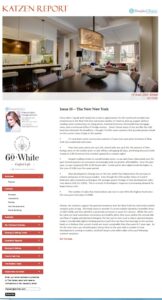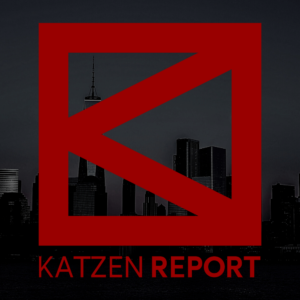Every client I speak with clearly has a macro appreciation for the continued strength and momentum in the New York City real estate market; it’s hard to pick up a paper without reading some commentary on rising prices, minimal inventory, historically low mortgage rates, and a continued influx of foreign money. Given I know many of you are like the cold hard facts beneath the headlines, I thought I’d offer some statistics that provide greater detail on the current state of play in the market.
• It’s now been seven consecutive quarters of year-over-year price increases in New York City residential real estate
• Year-over-year, prices are up 5.2%, closed sales are up 6.3%, the amount of time listings were on the market prior to sale fell by a whopping 82 days, and listing discounts held steady at 2.8% (inventory has trended upward but remains tight)
• Despite trailing condos in overall median price, co-op sales have rebounded over the past several quarters as consumers increasingly seek out greater affordability. Over the past year, co-ops comprised 59% of all closed sales. Condo prices also edged modestly higher to the tune of 0.8% over the same period
• New development closings are on the rise, which has helped drive the increase in volume and prices in the luxury market. Even though the 15% market share of 3 and 4 bedroom sales remained unchanged, the average square footage of new development sales rose almost 25% (to 1,853). This is a result of developers’ response to increasing demand for larger luxury units
• The number of sales that closed above ask rose to over 45% (the highest level since the crazy pre-crisis days of 2008)
Clearly, the statistics support the general sentiment that the New York City real estate market remains quite strong. This leads many to wonder if current market dynamics resemble those of 2007-2008, and thus whether a potential correction is cause for concern. While this can’t be ruled out (and sometimes corrections are healthy when they occur within the normal ebb and flow of supply and demand changes), the fact we’ve seen such a robust uptrend despite today’s considerably tighter lending practices (and thus we have less leverage in the system) leads us to believe that current trends are more sustainable than they were 6-7 years ago. As for the near term, you should expect a busy close to the year with a number of new developments coming to market, and both buyers and sellers alike refocused following summer vacations.

